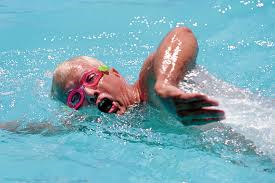YOUR PHYSIO
Condition directory
Rotator cuff related symptoms for older adults with loss of movement

What is the rotator cuff?
The rotator cuff is the name given to a group of four muscles around your shoulder. These muscles originate from your shoulder blade and attach to your upper arm via their tendons.
The rotator cuff is very important in helping to move your shoulder, as well as providing it with stability and support.
Why Do I Have Shoulder Pain and Weakness?
Like all structures in your body, the tendons of the rotator cuff are susceptible to age, lifestyle, and genetic factors that can cause them to wear.
This is a natural ageing process, and studies show that 15% of people in their 60’s, and 26.5% of people in their 70’s may have tears in these tendons, without any prior injury, although they can sometimes be brought to the fore through a traumatic injury.
These age related changes to the tendon are often described as “degenerative rotator cuff tears”, and can cause pain, weakness and reduced movement of the shoulder.
How is this problem treated?
Initial treatment for degenerative rotator cuff tears involves a combination of activity modification and exercise.
Activity modification aims to reduce pain by temporarily reducing the amount of stress put on your shoulder. For example, because people with rotator cuff pain often struggle with reaching up and out, consider whether you could
- Step towards things instead of reaching out for them
- Use both hands to lift things rather than one
Everybody is different, and this needs to be specific to your own activities and your own symptoms. Generally, if something causes significant pain that does not settle quickly once you stop the activity, you should consider whether you could adapt or reduce this activity.
Exercise therapy aims to gradually increase range of movement and strength of your shoulder, thereby improving the function of your arm.
The exercise program featured in the video below is called the 'Torbay programme' and was designed specifically for people with rotator cuff related loss of function in their shoulders. You can follow this program via the video below, or if you prefer you can arrange to see a member of the team here.